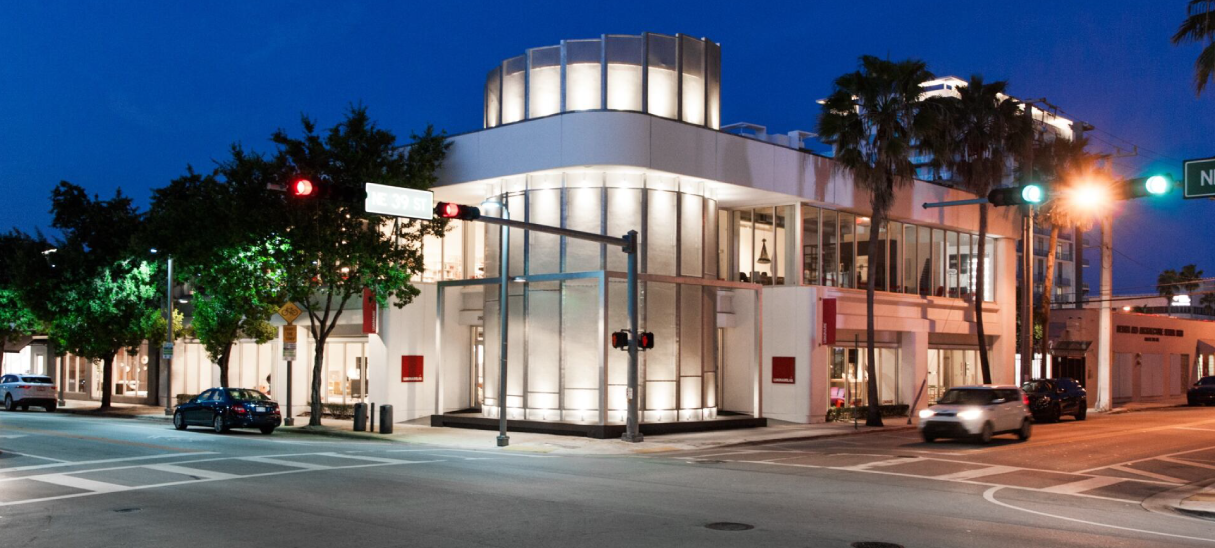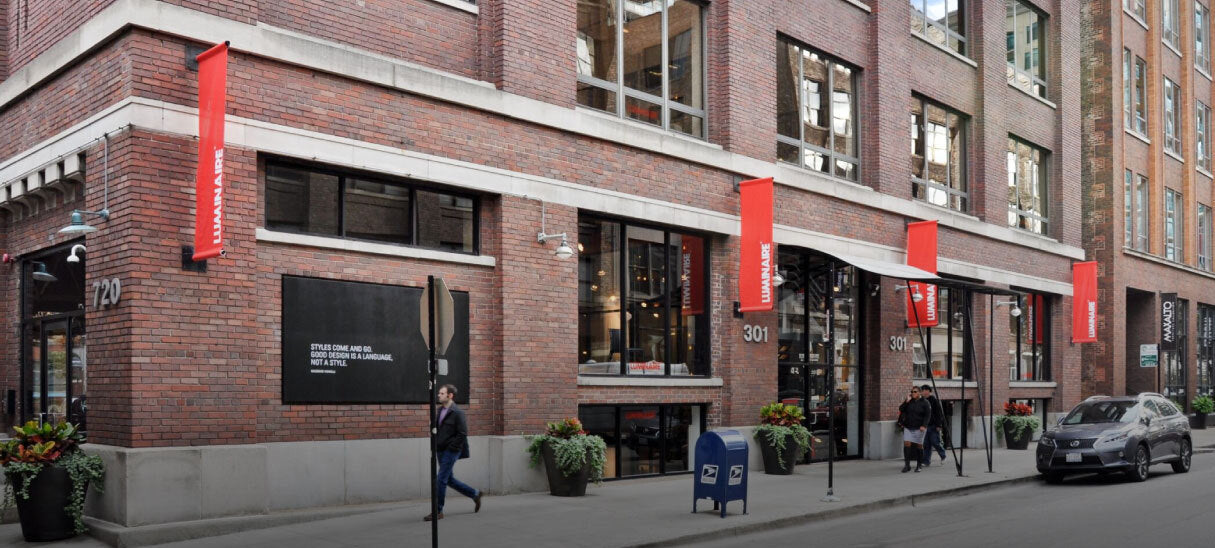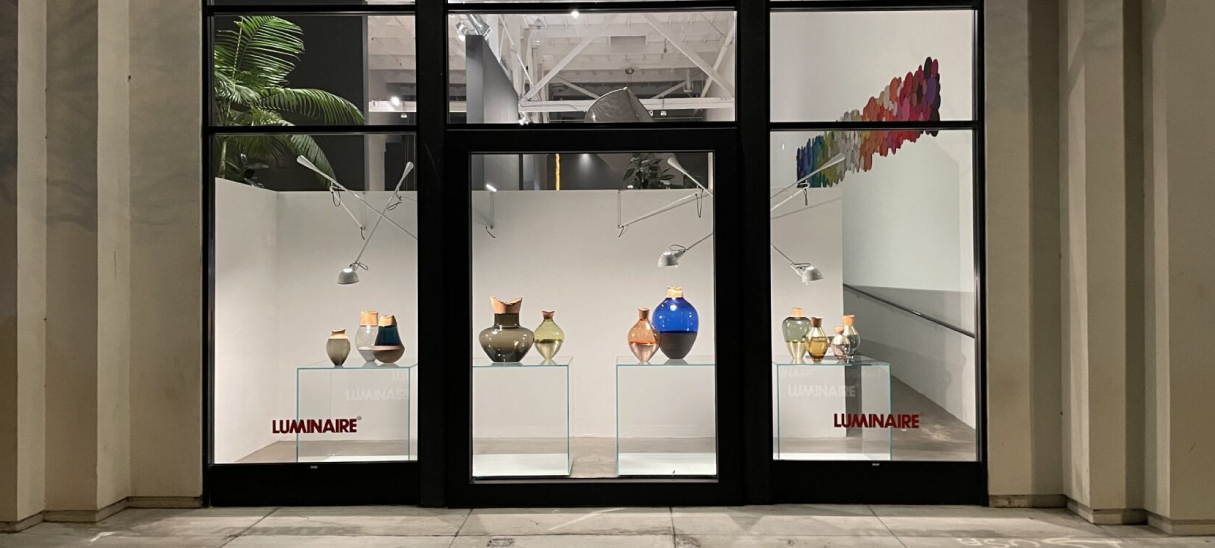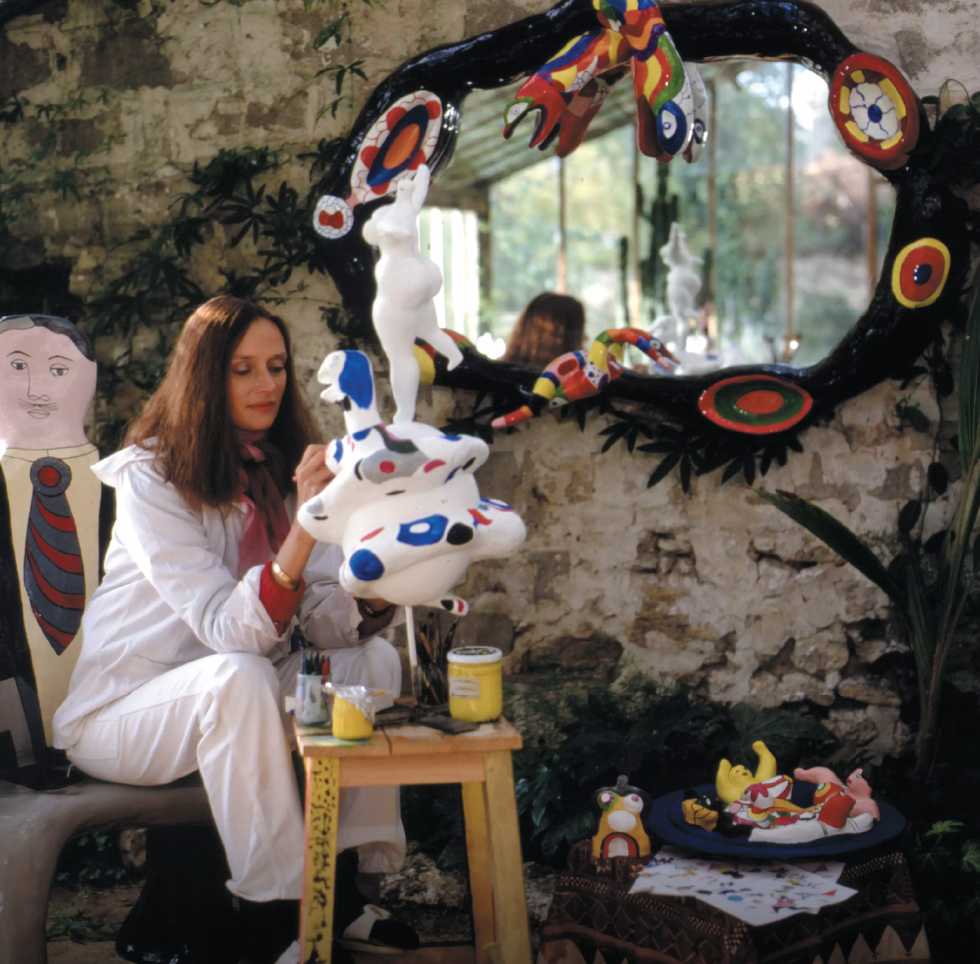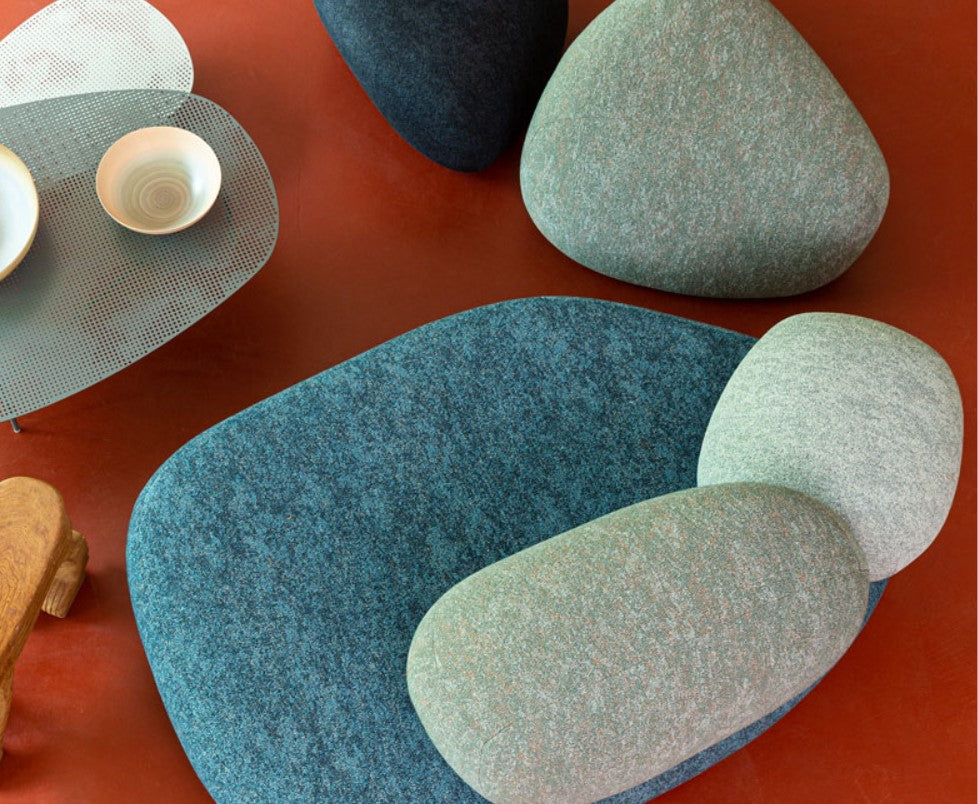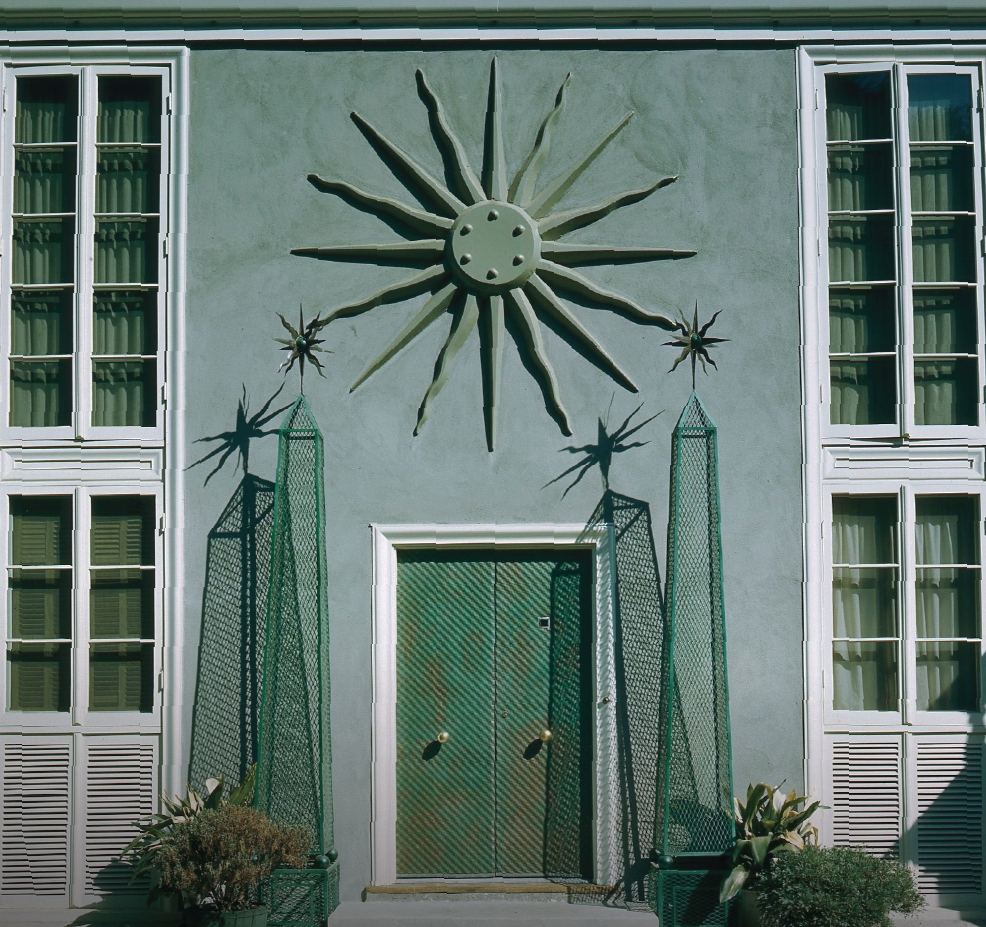Bold and jubilant, highly expressive and often playful, the work of French American artist Niki de Saint Phalle celebrated rotund, colorful aesthetics in paintings, illustrations, and sculptures that crafted environments full of joy and occasionally of angst, expressing the ethos of contemporary cultural communities that pride themselves on inclusivity and empowerment. Born in 1930 in Neuilly-sur-Seine, France, de Saint Phalle spent much of her childhood in New York City and the later part of the 20th century living and working in Paris, producing immersive and ambitious works while looking inward and creating passionately personal pieces that captured the emotionality of the mind, leaving established conventions in art unsettled and blossoming into a pivotal voice in early conversations on Feminist and Conceptual Art.
At times cartoonish, occasionally disturbing, yet always vibrant and daring, her work was revolutionary and multifaceted, diverging from other popular works at the time by not just prioritizing the idea behind the art, but focusing on a firmly visual manifestation of the idea. At a time when the ‘genius’ of the individual artist was celebrated in cultural circles, de Saint Phalle reveled in collaboration and dialogue. Her Shooting paintings, or Tirs, in a creative act of destruction spilled and splattered color onto canvas from bags filled with paint and shot with a rifle, and it involved some of the most highly respected artists of the time, including Jasper Johns and Robert Rauschenberg. The tension these paintings incite between an emancipatory gesture of aggression with the artistic showmanship of liberated beauty, inspires us still today, with abstract works of color and movement left open to a variety of interpretations. As carefully controlled as they were rebellious and seditious, Tirs remained in symbiotic discourse with the art world while standing alone as exquisitely unusual, courageous, and unique.
Work like her pioneering Nanas series, where round female figurines dance in a joyous display of confidence and verve, reclaiming the negative French slang for ‘woman’ with buoyancy and bravery in sculptural objects and illustrations, not only explored the intricate and sometimes perplexing ways biology and culture collide, constructing the female experience with three-dimensional complexity and insight, but it also linked it with social issues related to the Black Rights movement of the time, poetic in its politics with an air of valiance and adventure. Her plump and lively female figures stood in stark contrast to the colossal, unambiguous, and often interpreted as masculine styles of other contemporary work, divergent in tone yet cohesive in groundbreaking iconography. From large public works like the Tarot Garden Sculpture Park in Tuscany, to more intimate, socially conscious pieces like a book for children about HIV and AIDS , de Saint Phalle reigned a passionate and caring world of uproarious sensation for a public willing to explore the delights and peculiarities of generous color and welcoming form with pieces that excite the mind and speak to our social and cultural landscape, provocative, energizing, and awakening the senses.
February 2024


